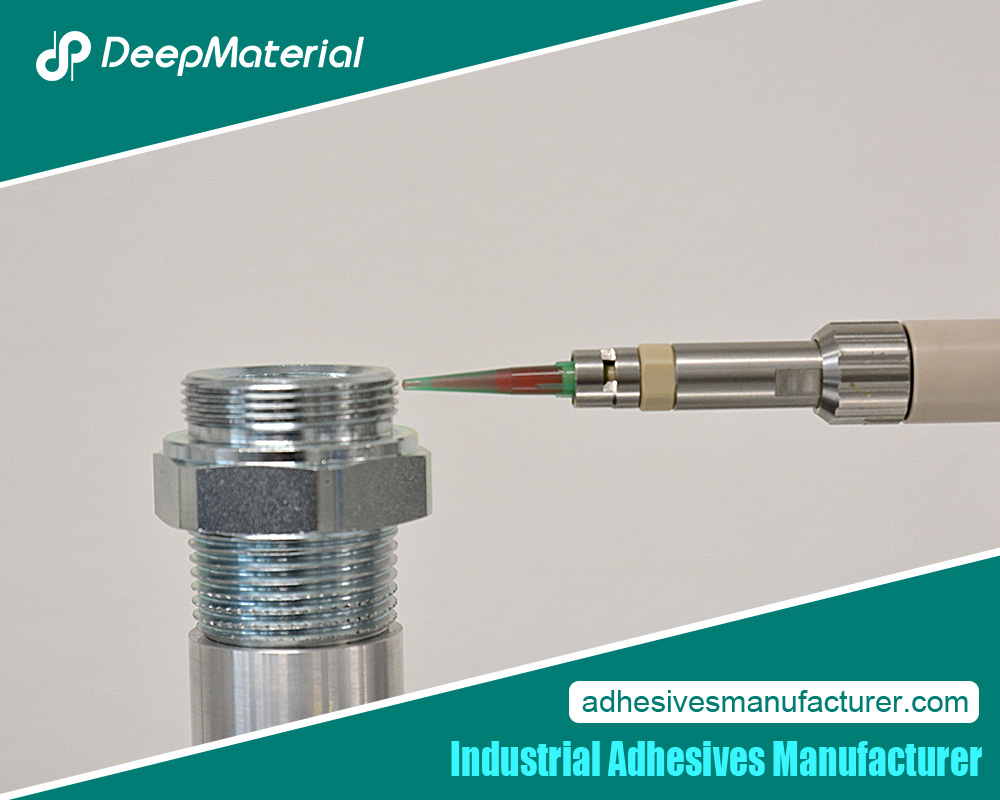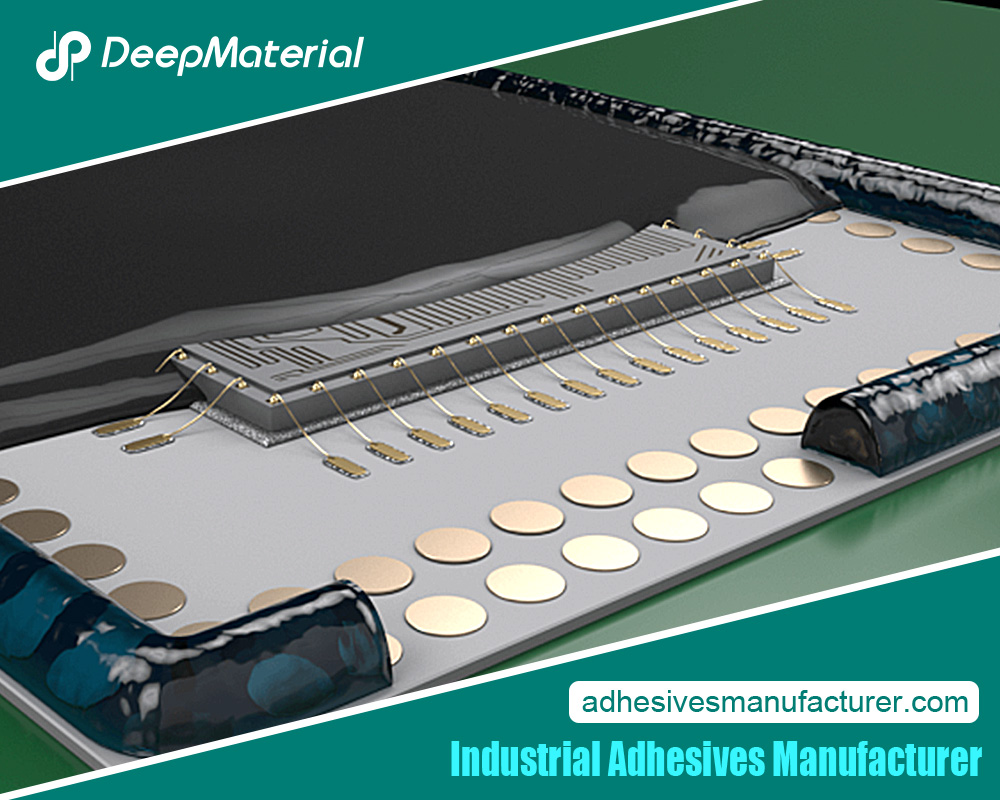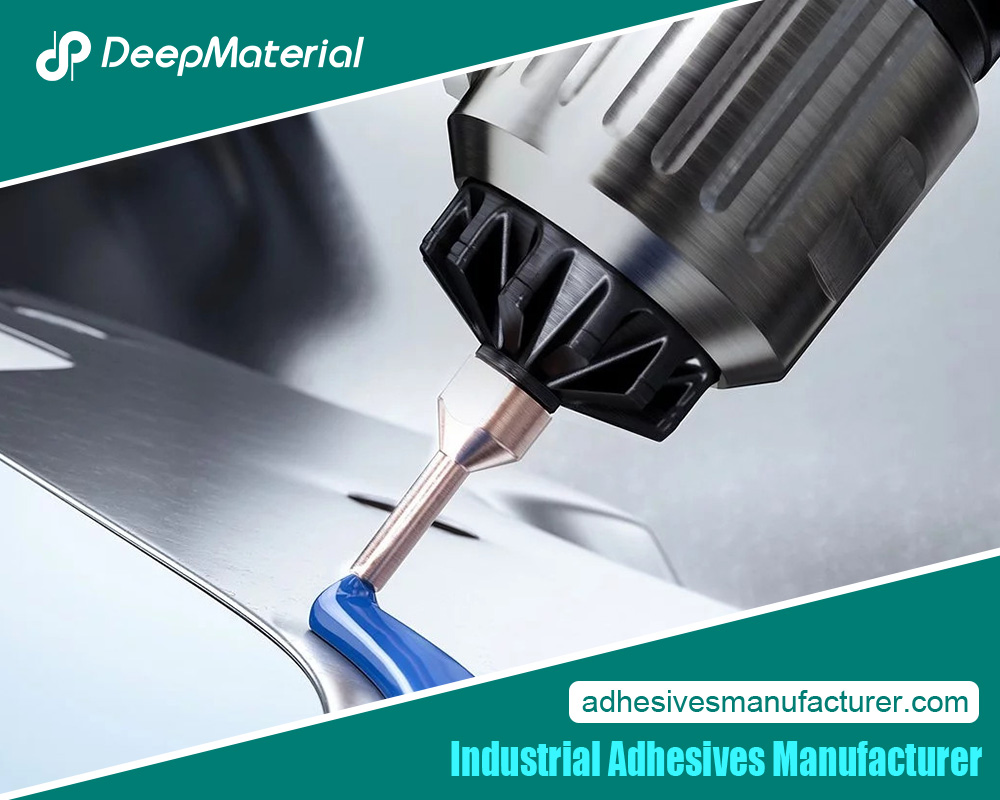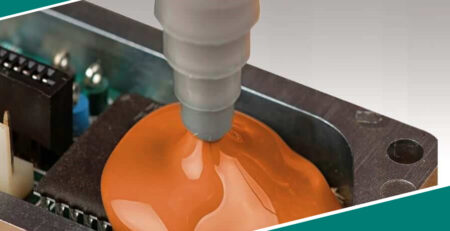The Role of Research and Development in the Success of a Structural Bonding Adhesive Manufacturer
The Role of Research and Development in the Success of a Structural Bonding Adhesive Manufacturer
Structural bonding adhesives are the key to many industries’ success – from automotive and aerospace manufacturing, to construction projects and electronics. They create strong unions between materials like metal, plastic, & composite composites. To keep up-to-date with customer requirements, adhesive manufacturers must conduct extensive research and development (R&D).
This research is more than just a run-of-the-mill task – it leads to true innovation! R&D accelerates new product improvements streamlines manufacturing processes while boosting consumer satisfaction & even improving environmental sustainability! In this article, we’ll dive deep into why R&D in adhesive making is necessary for these projects.

The Role of Research and Development in Product Innovation
Innovation in the adhesive industry is indispensable for staying ahead of the competition and achieving customer satisfaction. So, R&D plays a crucial part in getting an inside look at their needs and market trends, exploring new avenues of product development, and enhancing existing ones.
In terms of targeting customers’ true desires, market studies are essential. Teams draw detailed insights into consumer preferences and growth patterns so that gaps in the sector emerge more clearly, thus putting forward products that answer those inquiries – from strength level bonding to materials compatibility or eco-friendly structures – with precision. Furthermore, analyzing emerging demand for sustainability empowers businesses to craft inventive solutions!
R&D also comes up huge when introducing novel adhesives – maybe ultra-durable aesthetics from a nanotechnology vibe or glues cured by UV rays – while enhancing current fast-moving versions, too. It’s a continuous process which unveils aspects like resistance across climates/chemicals or speedy curing dynamics – all thanks to persistent research efforts that unite researchers’, engineers’ & customers’ perspectives every step of the way!
The Role of Research and Development in Improving Manufacturing Processes
Research and development are an absolute necessity for improving adhesive production methods. R&D teams take process optimization to the next level by delving into every single step of manufacturing, from raw material handling through final product packaging, searching high and low for any potential slowdowns or, worse – inefficiencies! Analyzing data and experimenting led to cost reduction, improved consistency between batches, plus slashed delivery times; what a win-win situation!
All that brain power doesn’t stop there, either. It’s no wonder adhesive manufacturers invest heavily in research when investigating new techniques with advanced equipment and automation. Implementing strategies can boost productivity and quality standards. Talk about impressive: automated dispensing systems or robotic assembly processes undoubtedly ensure exceptional precision, while more straightforward application formulas bring shelf-life benefits along with minimized energy for curing needs during production.
On top roll-to-roll coating systems and extrusion coating procedures enable mass output with minimal disruptions elsewhere; not to mention 3D printing has made ground breaking strides when producing specialized adaptable adhesives structures. Putting complex and sometimes unheard of ideas into motion requires intense research and relationships between researchers, engineers, and groundbreaking equipment manufacturers from start to finish!
The Importance of Collaboration in Research and Development
Collaboration is necessary in the adhesive industry if any progression is to be made; manufacturers must get together with suppliers, customers, research institutions and associations to help propel innovation, share wisdom and deal with sector challenges.
Partnering up between manufacturers is critical for staying on top of things like raw ingredients, new technologies and valuable gear. Suppliers have an indispensable part to play when it comes to developing remedies due to how they provide exciting materials or added substances which can boost adhesive potency or even pave the way for fresh uses. Companies combine with those same suppliers to put new items through their paces, build products from scratch, and arrange fabrication plans more efficiently.
In terms of customer connection – direct communication is beyond necessary if you’re looking into knowing their needs better whilst designing customized answers plus offering aid where needed. Fabricators join forces with customers to peep at the most precise handicaps encountered by individuals we’re making stuff for (so handy!). Not only does this allow us to access precious feedback, but opens doors towards optimizing already existing ones or creating brand spanking all-new ones too!
On the flip side – qualification obtained through relevant parties rests paramount mainly regarding trade ties established with your academic entities out there, such as universities & associated labs; joint analysis tasks endorsing sustainable technology tend not just create merchantable results – but go some way towards industry growth having addressed a variety of priority issues collectively solved by these partnerships, and contribute significantly toward knowledge sharing too!!
The Role of Research and Development in Environmental Sustainability
Research and development are fundamental for any meaningful progress in global environmental sustainability, especially in adhesive manufacturing. Pioneering companies are investing heavily in R&D to develop technologies that take a greener outlook on the entire production process while creating unique, sustainable products from renewable resources.
It’s no surprise folks are aware of the issues our environment is facing and how important it is to bring carbon emissions down through consciousness of recycling or outdated production techniques. To reduce hazardous substances, manufacturers now focus on low VOC emission solutions as well as explore alternative materials (even bio-based) or optimize processes to minimize the creation of waste so energy consumption decreases too!
We can easily spot some impressive examples of such eco-friendly adhesives out there, be it biologically sourced glue created with renewables, dynamic water-based agents reducing toxic gas output, or systems with reduced power used when curing. They all come as a consequence of hard work put forth by teams who invest time into developing technological alternatives.
But until those technologies reach consumers’ hands more efficiently – no easy feat – customers must join forces alongside researchers and suppliers, ensuring that each adhesive waste produced ends up within recycling programs rather than polluting our landfills!

Conclusion: The Future of Research and Development in Structural Bonding Adhesive Manufacturing
R&D will continue to be an integral part of structural bonding adhesive manufacturing in the years ahead. An ever-changing atmosphere sustained by evolving tech, consumer needs and green criteria means research and development are necessary for dealing with the upcoming hurdles and opportunities.
R&D promises excellent things for adhesives due to advances like nanotech, biotechnology, and additive manufacturing, resulting in enhanced behaviours such as strengthened adhesion, increased flexibility or even self-repairing capabilities. Moving forward, it’ll provide various solutions for growing sectors such as sustainable energy sources, electric vehicles and state-of-the-art electronic goods. With all these factors in mind, it’s easy to see that research and development will remain firmly at the core of this industry.
For more about he Role of Research and Development in the Success of a Structural Bonding Adhesive Manufacturer, you can pay a visit to Deepmaterial at https://www.adhesivesmanufacturer.com/ for more info.













